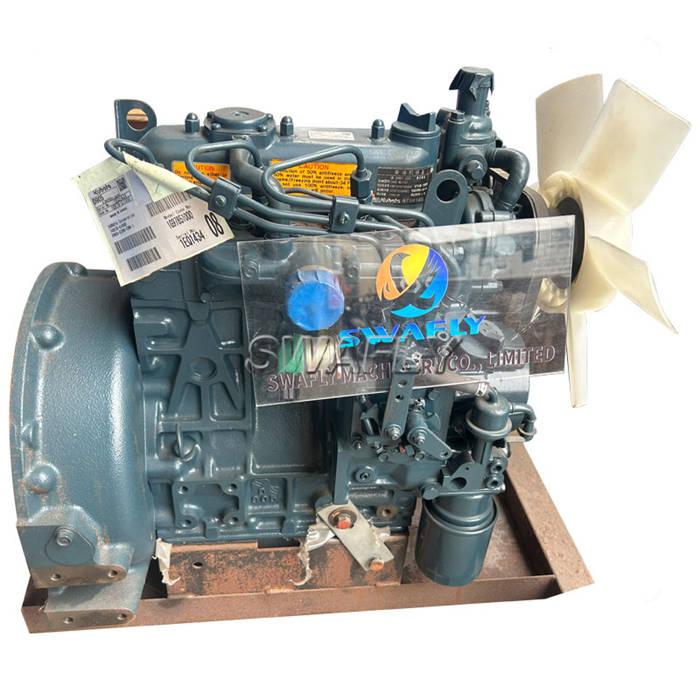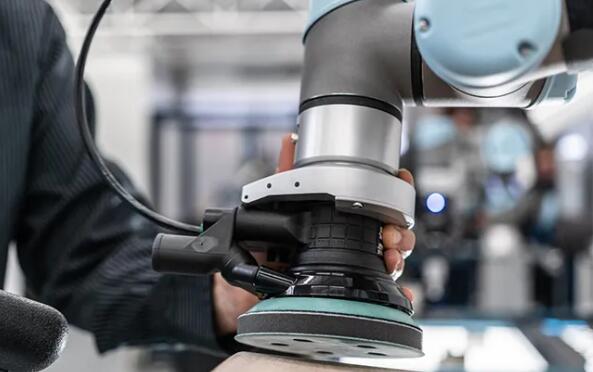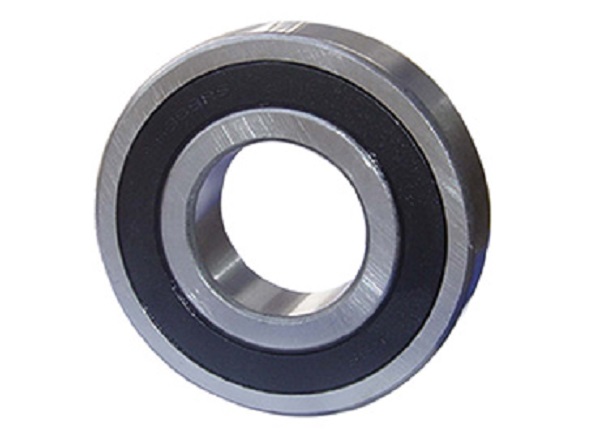Refractory Anchor Price: A Comparison of Quality vs. Cost
In the world of industrial furnaces and kilns, refractory anchors play a crucial role in ensuring stability and longevity. These specialized components are engineered to secure refractory lining materials in place, helping to withstand extreme temperatures and a variety of operational conditions. As industries evolve, so do the materials and methods used, leading to a variety of refractory anchor options in the market. Consequently, understanding the price difference and quality implications of these products has become essential for manufacturers and contractors alike.
When it comes to refractory anchors, quality is often intertwined with cost. However, it's vital to understand that a higher price tag does not always equate to superior quality. Several factors influence both the quality and price of refractory anchors, impacting decisions for procurement. Let’s dig deeper into these factors to clarify the quality versus cost dilemma.
Material Composition
The majority of refractory anchors are produced using stainless steel or carbon steel, and the choice of material has a significant impact on their price. For example, stainless steel anchors are corrosion-resistant and suitable for high-temperature applications, making them premium choices often priced accordingly. Carbon steel, while more economical, may not offer the same level of performance, especially in harsh environments. Thus, when cost must be balanced with requirements, understanding the intended application becomes crucial.
Manufacturing Processes
The manufacturing process used to create refractory anchors also affects their pricing. Advanced manufacturing techniques such as cold working, welding, and the use of high-precision machinery can elevate costs due to increased labor and overhead associated with quality control. Conversely, lower-cost anchors might be produced through less stringent processes, which could compromise their reliability and lifespan in demanding environments.
Design and Customization
Refractory anchors come in various designs, from simple shapes to complex, customized alternatives. Custom-designed anchors that fit unique structural requirements tend to come with a higher price tag due to the specialized engineering and production processes involved. For businesses facing specific operational challenges, investing in custom solutions could potentially yield greater efficiency and performance down the line, making them worth the extra cost.
Quality Standards and Certifications
Recommended article:Unraveling Refractory Anchor Prices: Key Factors & Costs
What is the difference between a slurry pump and a water pump?
How To Care For Cast Aluminum Garden Furniture
Two-Shot Molding vs. Overmolding
How Thick Of Metal Can A Laser Cut?
Which is better CV joints or universal joints?
Where is tyre coupling used?
The certification and adherence to quality standards play a significant role in evaluating a refractory anchor's value. Premium brands often invest in quality assurance processes and obtain certifications (ISO, ASTM) that affirm their products meet stringent quality requirements. While certified products may come at a higher initial cost, they typically offer better consistency in performance, reduced maintenance expenditures, and a longer operational life, translating into cost savings over the long term.
Supplier Reputation
In the procurement of refractory anchors, the reputation of the supplier is just as important as the product itself. Established suppliers usually provide valuable technical support, warranties, and reliable customer service. In contrast, cheaper options from lesser-known vendors may pose risks in terms of product quality, lack of support, and possible delivery delays. Companies need to consider these intangibles when comparing prices, as the cheapest option may not yield the best value in the end.
Long-Term Costs vs. Short-Term Savings
It’s essential to view refractory anchors as a long-term investment rather than a one-off expenditure. While a lower upfront cost may seem appealing, it’s vital to assess the total cost of ownership, which includes installation, maintenance, and replacements. High-quality anchors may incur a higher initial investment but can result in fewer replacements and less downtime, ultimately leading to significant cost savings.
Making the Right Choice
Ultimately, the choice between cost and quality depends on several factors, including operational requirements, budget constraints, and project timelines. It often helps to conduct a cost-benefit analysis to understand the implications of choosing a cheaper option against potential risks and losses in performance and reliability. In many cases, a balanced approach may serve industries better—selecting high-quality refractory anchors for critical applications while opting for more economical choices where the operating conditions are less extreme.
In conclusion, navigating the landscape of refractory anchor prices involves a critical comparison of quality versus cost. While lower-priced options may seem attractive, they often come with hidden costs and risks that could outweigh savings. By assessing material composition, manufacturing processes, design requirements, and supplier reputation, industries can make informed decisions that support their operational goals while maintaining fiscal responsibility. Quality refractory anchors are an investment that can pay dividends in performance, reliability, and overall operational efficiency, making them essential components in any high-temperature application.
Contact us to discuss your requirements of Refractory Anchor Price, Steel Fiber Manufacturer, Refractory Anchors Manufacturer. Our experienced sales team can help you identify the options that best suit your needs.
Recommended article:How to Achieve Gear Coupling Reliability
How Reliable Are Caterpillar Diesel Engines?
What are the main three functions of a directional control valve in a hydraulic circuit?
The Power of Precision: Plane Thrust Ball Bearings
How Do Indexable Tools Keep Their Edge?
How do Mist Eliminators work in industrial applications?
What is precision surface finishing?









